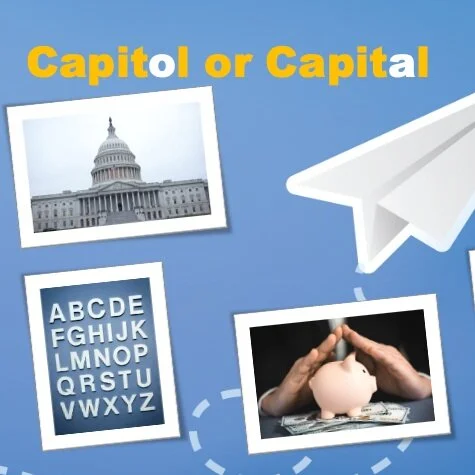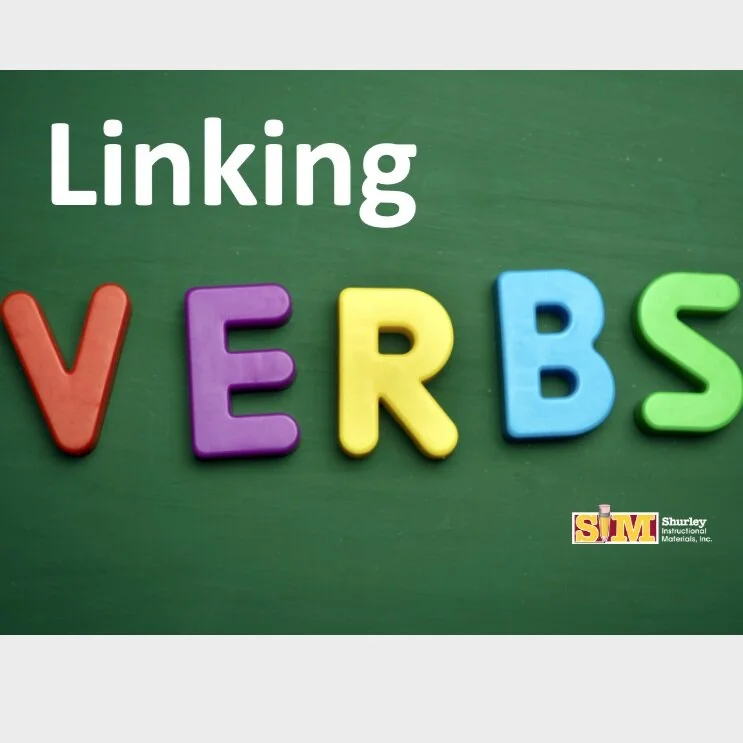How to Create the PERFECT Language Arts Action Plan
/If you follow the Shurley English blog, you already know that our main goal is to give students the knowledge, skills, and practice they need to become competent, confident communicators. Our plan of action consists of applying the following equation during language arts instruction:
(Knowledge + Skills) x Practice = Competence and Confidence.
An important addition to the equation is consistency. As students learn the umpteen language arts skills necessary to use language with competence and confidence, it’s important for teachers to use consistent terminology and some consistent processes with fidelity. Why?
Read More






































































































